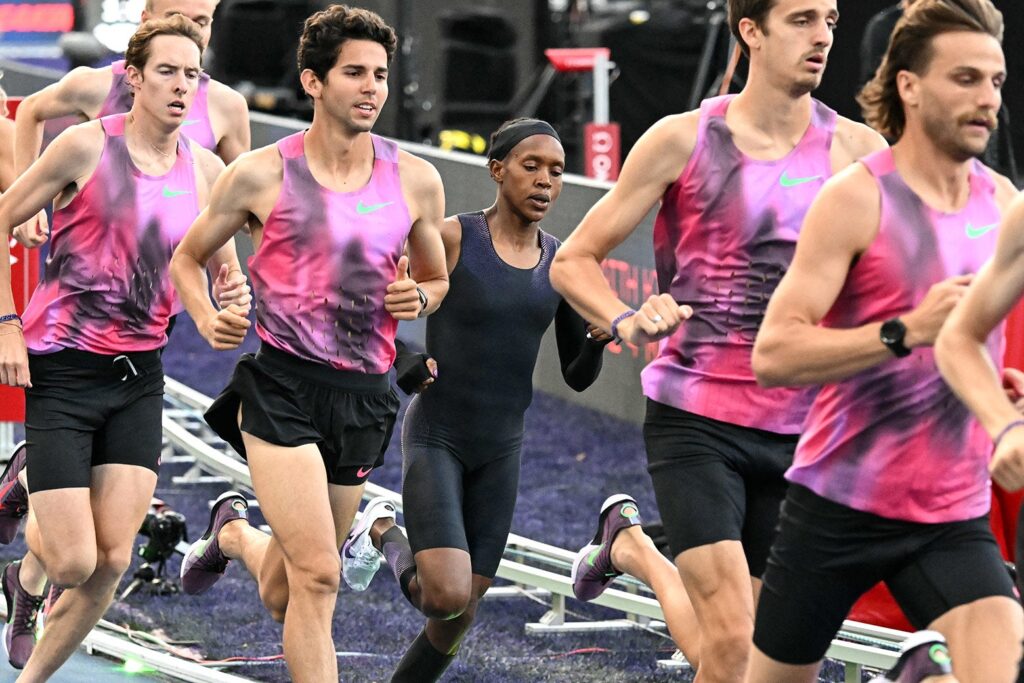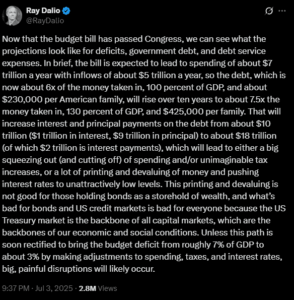
On Thursday in Paris, Faith Kipyegon attempted to achieve what no woman has done before: run a mile in under four minutes. While the Kenyan athlete did not succeed, her attempt has sparked a broader conversation about the intersection of sports, marketing, and science. This event, initially framed as a potential breakthrough for women’s athletics, instead became a case study in how media hype and misunderstood science can distort expectations.
Earlier this year, a scientific study suggested that Kipyegon could potentially run a mile in 3:59.37, provided she had perfect drafting from pacers and ideal running conditions. This prediction was based on mathematical models and assumed she was at her peak fitness, akin to when she set the women’s mile world record in 2023 with a time of 4:07.64. The study’s authors were clear about these conditions, noting that breaking the four-minute barrier would require everything to go perfectly.
Marketing Hype and Media Spin
Following the study, a Nike-sponsored event was organized for Kipyegon’s attempt, but the media coverage painted a different picture. Reports suggested that Kipyegon was either already running close to a sub-four-minute mile or was on the verge of doing so with the right aerodynamic assistance. Nike’s marketing campaign, tied to their proprietary gear, framed the event as a historic moment in the making. The public was led to believe that scientific innovation would enable Kipyegon to break the barrier for women everywhere.
However, a second, more conservative study published in April, co-authored by a Nike scientist, concluded that the data were “insufficient to suggest that a sub-4 minute mile is imminent.” This analysis was notably absent from Nike’s marketing strategy. The allure of a groundbreaking achievement overshadowed the statistical uncertainties, reflecting a pattern where the promise of science is inflated for commercial gain.
The Reality of Elite Performance
In the actual event, Kipyegon did not break the barrier, falling short by more than six seconds. While she improved her personal best by 1.2 seconds, this was not enough to reach the sub-four-minute mark. In elite running, where races are often decided by fractions of a second, this gap is significant. Going from 4:07.64 to under four minutes represents more than a 3% improvement—an ambitious leap in a sport where marginal gains are the norm.
Comparatively, Eliud Kipchoge’s sub-two-hour marathon, achieved under similarly ideal conditions, required only a 1.6% improvement. Expecting Kipyegon to experience double the benefit was, in hindsight, overly optimistic. Despite having access to top-tier coaching, training, and equipment, the notion that aerodynamic tweaks and pacers could close such a gap was unrealistic.
Implications for Women’s Sports
The narrative surrounding Kipyegon’s attempt also highlights broader issues in women’s sports. The use of male pacers, chosen for their ability to maintain fast, steady splits, underscores a message that women’s achievements are often measured against male standards. This dynamic was evident during the broadcast, where nine-time Olympic gold medalist Carl Lewis remarked, “Sometimes you have to change the rules for people that are special.” While intended as praise, it inadvertently suggested that women’s excellence requires exceptions.
This event was not framed as an athlete aiming to improve her personal best but as a campaign to break a barrier for all women. Now, with the attempt falling short, questions arise about the portrayal of women in sports. Celebrating athletes for attempting feats beyond their physiological limits risks patronizing them, rather than respecting their genuine achievements.
Looking Forward
Kipyegon’s attempt was not about her personal aspirations or talent. She did not overpromise, nor did the actual science. Instead, the event became a corporate endeavor to market sports gear by transforming long odds into a narrative of imminent success. As we reflect on this, the question remains: what is more inspiring? Kipyegon sprinting to a 4:07 finish, widening the gap from her competitors, or her struggling to keep pace with male pacers in a bid to break an arbitrary barrier?
The answer may lie in recognizing and celebrating the achievements of female athletes on their own terms, rather than through the lens of male benchmarks. As the conversation continues, it is crucial to ensure that the portrayal of women’s sports fosters genuine appreciation and respect for their accomplishments.




